Forensic Chemistry – Chemical Detection Of Fingerprints
Identify and sort different types of fingerprints using the CSI Chemical Imprint Detection set.
Learn how to identify different types of fingerprints and identify their features using chemical detection just like criminologists.
Perform three activities that include fingerprint analysis, amino acid ninidrin reaction, and cyanoacrylate fuming.
The set includes:
Teacher’s Manual (in English)
Guide and worksheets for students (in English)
There are several materials for 15 groups
Ingredients included in the package:
- a strong glue tube
a bottle of nindrin powder
four bottles of ethyl alcohol 95%
15 discs (fuming trays)
15 black plastic pages






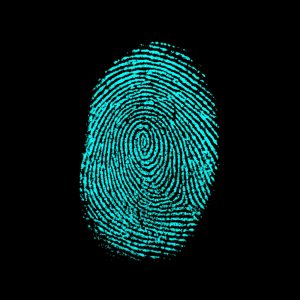
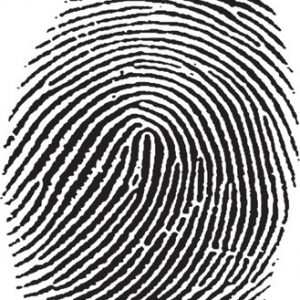

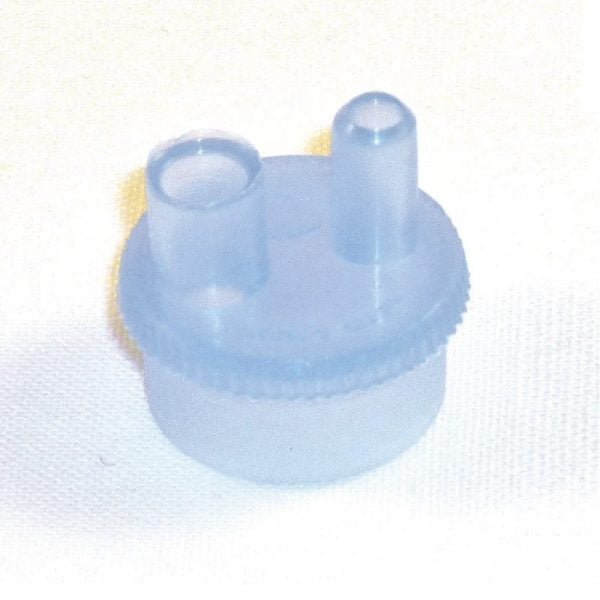
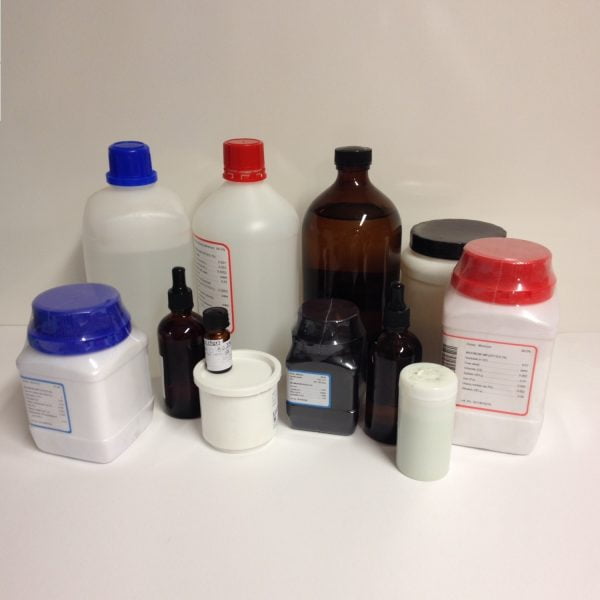
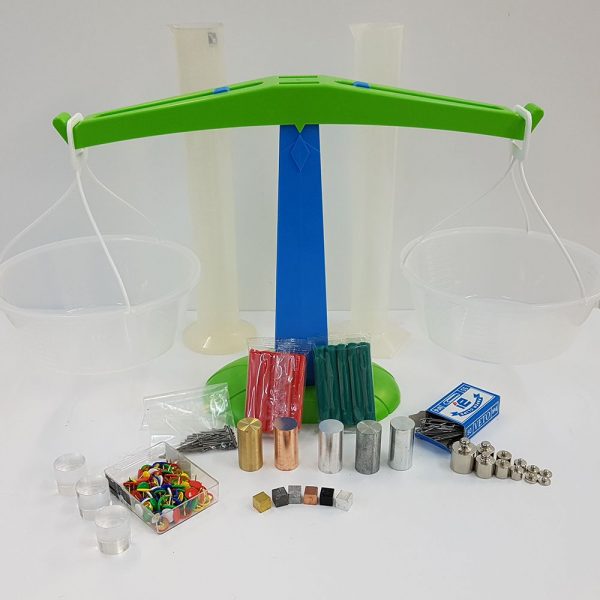




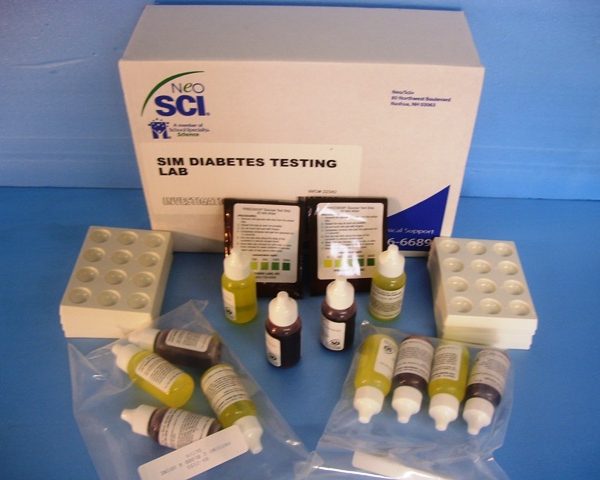

 Labdisc
Labdisc Botzees
Botzees Edison
Edison Telepresence Robot
Telepresence Robot DOBOT
DOBOT Keyestudio
Keyestudio Fischertechnik
Fischertechnik